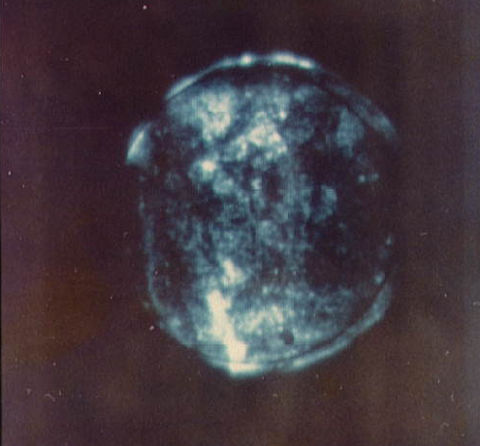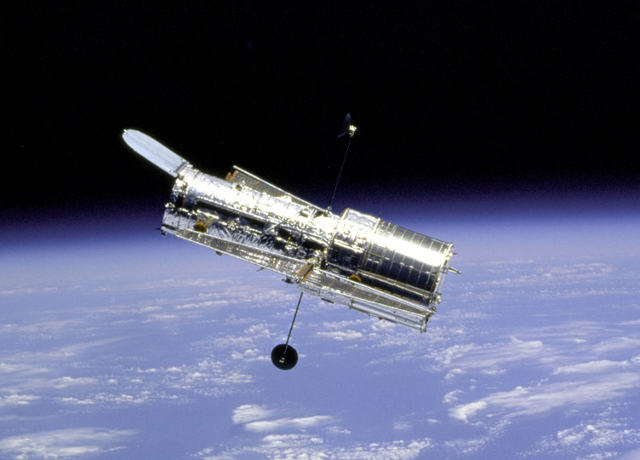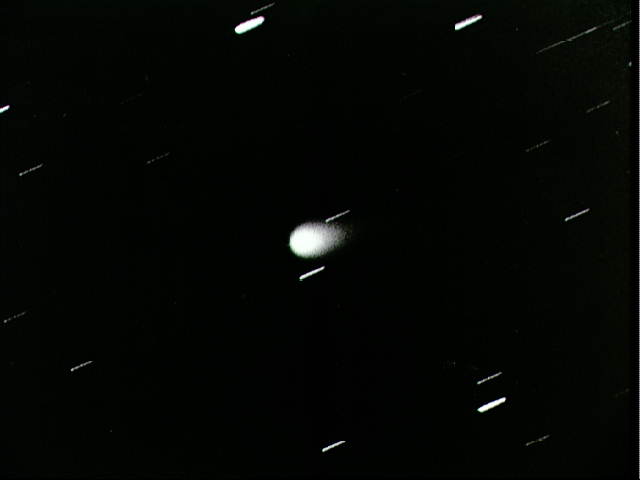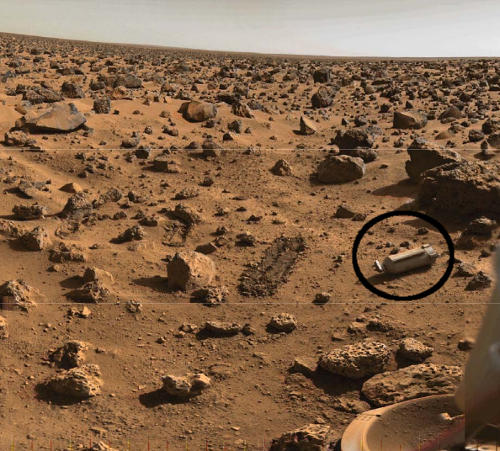
This 1973 picture is a polaroid of the TV screen from the Skylab space station’s Extreme Ultraviolet monitor. Taken by astronaut Owen Garriott of the Skylab 3 mission, this system had finally allowed humans to view the Sun’s image in the extreme ultraviolet radiation emitted from the corona (its extremely hot outer atmosphere). The picture was taken with a Land-Polaroid SX-70 camera and was the first time that this iconic Polaroid camera was used in space.


